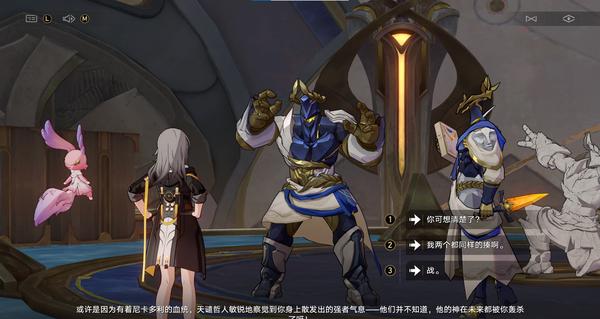Gaming Review: StarRail's Penumbra Map Update
A detailed analysis of Honkai: Star Rail’s 3.0 version update focusing on the new Penumbra map, examining its puzzle mechanics, artistic design, and player experience. The update brings extensive content with mixed reception from the community.

The release of Honkai: Star Rail’s 3.0 version update introduces the highly anticipated Penumbra map, marking a significant expansion to the game’s universe with its Greco-Roman inspired aesthetic. This addition represents one of the most ambitious updates to the game, merging intricate puzzle mechanics with rich storytelling elements.
The map’s architectural design draws heavy inspiration from classical Greek and Roman aesthetics, with grand columns and elaborate structures that create an immersive ancient civilization atmosphere. The attention to detail in the environmental design is particularly noteworthy, as the developers have successfully captured the essence of a fallen golden age contrasting with its current state of decay.
The puzzle mechanics introduce a sophisticated combination of time manipulation, projection systems, and temporal backtracking. Players must utilize memory transfer abilities alongside traditional exploration elements to progress through the storyline. While some players have found the density of puzzles in the main storyline overwhelming, these mechanics demonstrate a thoughtful evolution of the game’s core gameplay systems.
The artistic direction deserves special mention, with the development team creating distinct visual identities for different areas within Penumbra. The contrast between the golden age and destruction era is particularly well-executed, offering players a compelling visual narrative of the region’s history.
Combat difficulty has been notably increased, with enemies requiring more strategic approach compared to previous areas. The implementation of memory-based characters provides players with new tactical options, though some players have reported challenges with the combat pacing during story progression.
From a technical perspective, the map introduces enhanced water physics and environmental interactions, though some players have noted performance variations in certain areas. The addition of acceleration points throughout the map demonstrates the developers' awareness of the expanded scale and their effort to improve player navigation.
The narrative structure weaves together multiple storylines while maintaining connections to the game’s broader universe. Several NPCs feature names and backgrounds tied to various mythological elements, adding depth to the world-building aspects of the game. This attention to narrative detail has created numerous moments of discovery for players who take time to explore the environment thoroughly.
The inclusion of collectible creatures that offer dialogue interactions adds a layer of charm to exploration, though some players have found the collection mechanics more time-consuming compared to previous versions. The treasure hunting system has been refined, with the addition of phantom thieves that create dynamic collection scenarios.
Player reception has varied significantly based on their approach to gameplay. Those who have taken time to explore gradually have reported more satisfaction compared to players attempting to complete all content rapidly. This highlights the importance of pacing in experiencing the extensive content provided in this update.
For all its ambition, the update demonstrates both the potential and challenges of implementing large-scale content in a service game. While some aspects may benefit from further refinement, the Penumbra update represents a significant evolution in Honkai: Star Rail’s development, setting new standards for future content expansions in the game.